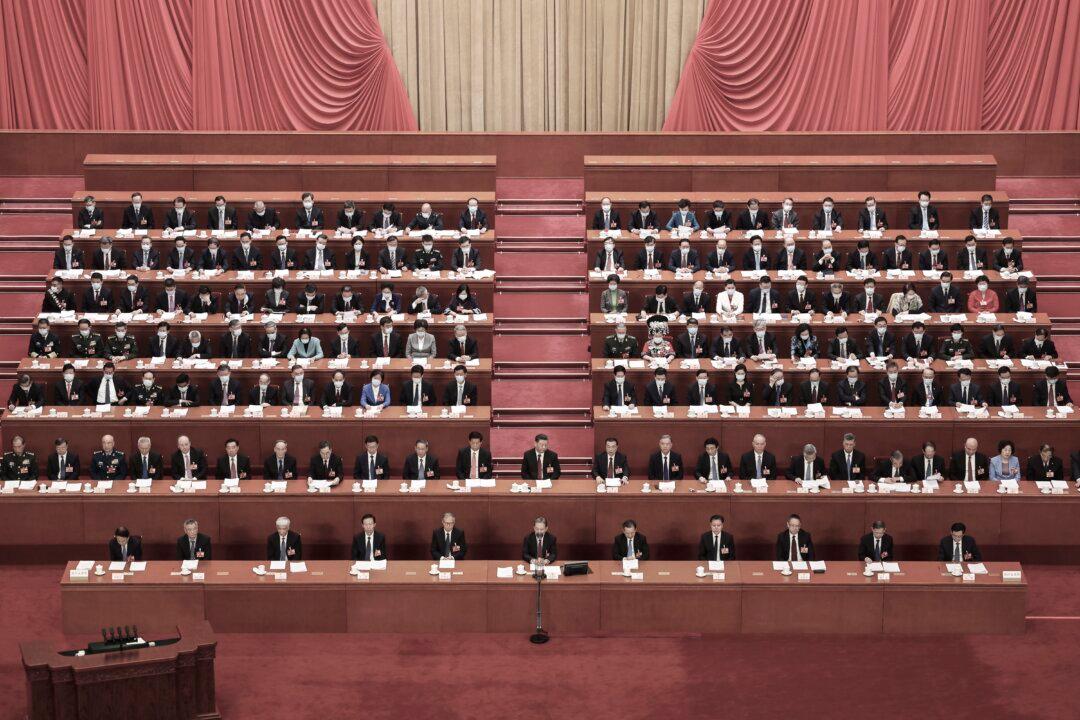Earlier this month, China received a blunt wake-up call when four rural children, aged 5 to 14, ended their lives by drinking pesticide. They had been abandoned by their parents who separated and left their peasant life in southern China to find work in the city.
The tragedy highlights the hardships and political discrimination that millions of migrant workers and their dependents face in modern China.
Last year, the four children’s mother headed for the factories of Guangdong Province following domestic violence; this March, they were cut off completely when their father also left the village of Bijie, located in the province of Guizhou.
Police investigators told China News Service that they had found a suicide note left by the oldest of the children—a brother with three sisters—containing his farewells to his parents and life.
“I know you mean well for us, but we should go now,” the note read. “I dream about death, and yet that dream never comes true. Today it must finally come true.”
The Children China Left Behind
The children from Guizhou, one of China’s impoverished provinces, were just a drop among China’s ocean of “left-behind” children, who all in all number 61 million. It is wholly one-fifth of the entire Chinese population under 14 years of age, according to a report by a Chinese NGO called the Caring Center for Children On Their Way to School. They are the offspring of over 270 million migrant-worker parents who, constrained by poor or nonexistent employment options offered in the countryside, flock to China’s factories, mostly in coastal cities, to make their wages.
A long-standing discriminatory policy denies many migrant workers the opportunity to settle down in the cities with their families. Through the hukou—the Chinese regime’s household registration system—rural children are barred from enrolling in urban schools or enjoying other public amenities. With few options other than to leave their children at home, migrant laborers are bound by virtue of birth to their rural communities.



